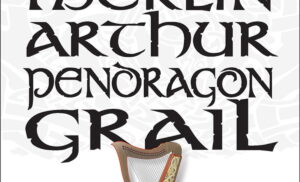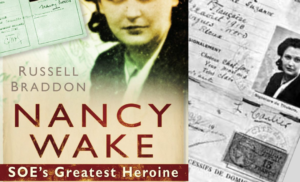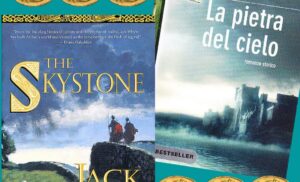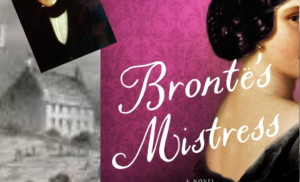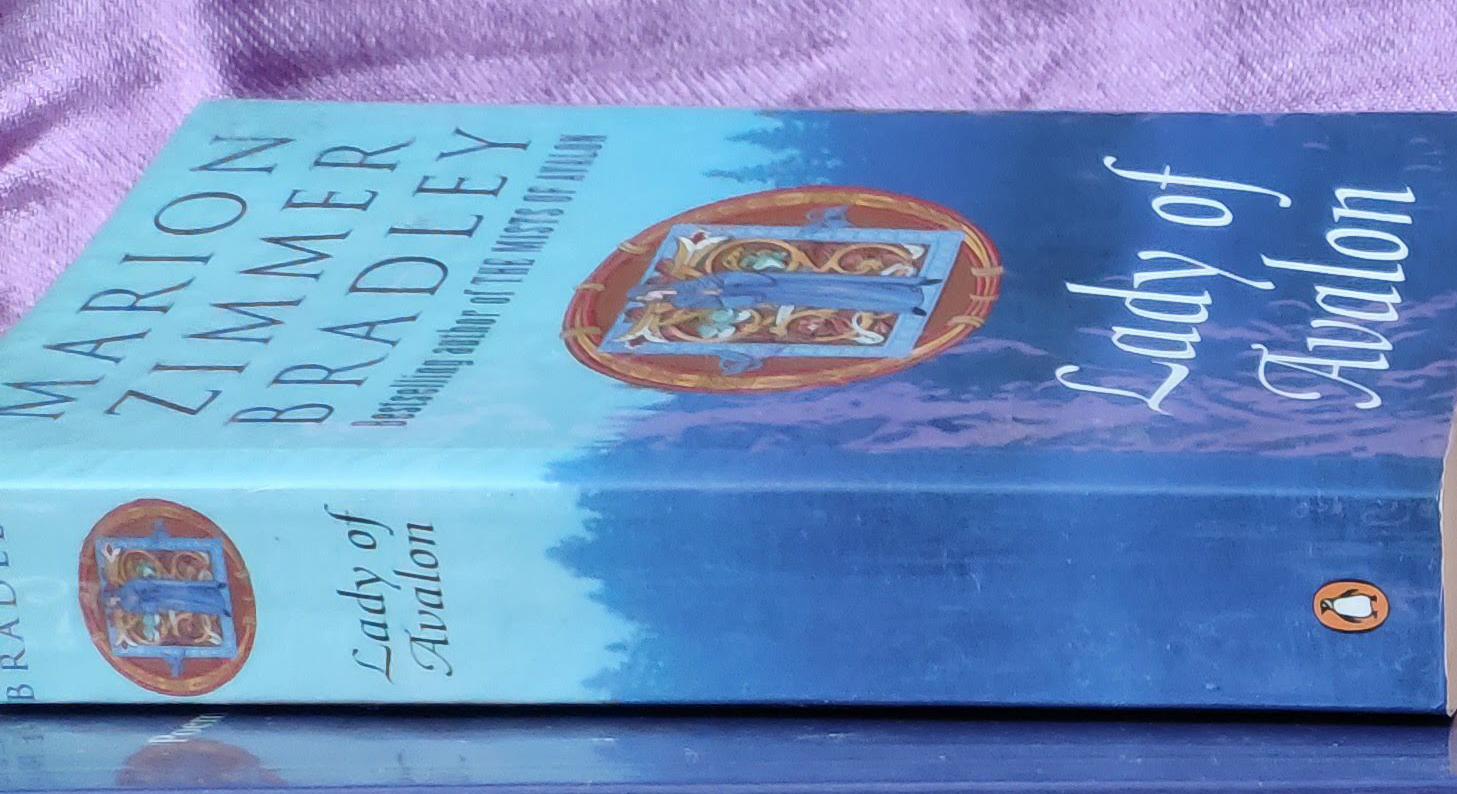
Lady of Avalon * La Signora di Avalon
“Ho giurato solennemente che avrei creato un centro dell’antico sapere su questa collina sacra. Il fuoco può bruciare solo ciò che è visibile all’occhio umano, ciò che è fatto da mani umane. Ma l’Avalon del cuore rimane... […] Come lo spirito si eleva trionfalmente dal corpo che brucia sul rogo, la vera Avalon non può essere contenuta dal mondo umano.”
La Signora di Avalon precede il famosissimo Le Nebbie di Avalon e racconta della nascita di questo magnifico luogo sacro, protetto dalle sacerdotesse e dai saggi del tempo.
Diviso in tre parti, la prima ambientata nel 96-118 d.C., la seconda nel 285-293 d.C. e l’ultima nel 440-452 d.C., la nascita ed evoluzione di Avalon si accompagna alle invasioni sassoni e alla caduta dell’Impero Romano.
Protagoniste di ogni sezione sono le Signore di Avalon, a cominciare da Caillean che trova nella terra di Avalon il luogo per la sicurezza e la salvezza della sapienza antica (in questa sezione conosciamo anche Giuseppe di Arimatea, che secondo la leggenda fece seppellire il Sacro Graal proprio lì); Dierna, che avrà un ruolo importante nell'aiutare il probabile protettore di Britannia; e infine Viviane, la Signora di Avalon di Artù, sorella di Igraine e Morgause e zia di Morgana, che troviamo nelle Nebbie di Avalon. Nella terza parte incontriamo anche Taliesin, che diventerà Merlino, e intravediamo la nascita della futura leggenda arturiana.
Rispetto alle Nebbie di Avalon, questo è un libro che si legge più lentamente, per “digerire” i vari personaggi e ambientazioni che, purtroppo, a un certo punto dobbiamo lasciare quando si passa alla sezione successiva. L’autrice avrebbe potuto scrivere tre libri per ognuna di queste sezioni, e in certi momenti si è dispiaciuti che non l’abbia fatto, poiché ci si affeziona ai personaggi proprio quando arriva il momento di lasciarli. In particolare sarebbe stato interessante se avesse approfondito la prima parte sulle origini di Avalon e sulla relazione tra “l’antica e la nuova religione”. Sia Caillean che Giuseppe di Arimatea infatti sono personaggi molto affascinanti.
Molto interessante anche il collegamento tra Atlantide e Avalon, che l’autrice approfondisce in un suo altro testo: Ancestors of Avalon.
Nonostante le invasioni e le battaglie narrate nella Signora di Avalon, rispetto alle Nebbie di Avalon c’è meno azione e per questo alcune parti possono risultare lente e non particolarmente coinvolgenti, ma le sezioni più spirituali e mistiche sono eccezionali, dunque il lettore che cerca qualcosa di più di una semplice bella storia può trovare grande piacere e nutrimento da esse.
“I gave my oath to make a center of the ancient wisdom on this holy hill. Fire can only burn what is visible to the human eye, what is made by human hands. Avalon of the heart remains….” […] Just as the spirit rises triumphant from the body that burns on the pyre, the true Avalon cannot be contained by the human world.”
Lady of Avalon precedes the world-famous The Mists of Avalon, and tells about the birth of this magnificent sacred place, protected by priestesses and wise men of the time.
Divided in three parts, the first set in 96-118 AD, the second in 285-293 AD and the last one in 440-452 AD, the birth and development of Avalon goes along with the Saxon invasion and the fall of the Roman Empire.
Every section has as its main character the related Lady of Avalon of the time. First there’s Caillean, who finds in the Avalon grounds the perfect place to keep the ancient wisdom safe (in this section of the book we also meet Joseph of Arimathea, who according to the legend buried the Holy Grail there); Dierna (and then Teleri), who helps the probable protector of Britannia; and finally Viviane, later the Lady of Avalon of King Arthur – as we’ll see in The Mists of Avalon – sister of Igraine and Morgause and Morgaine’s aunt. In the last part of the book we also meet Taliesin, who would become Merlin, and we glimpse into the beginning of the Arthurian legend.
Compared to The Mists of Avalon, this is a book to read more slowly to “digest” the various characters and settings, which we have to leave when the next section comes. The author could have written an entire book for each section, and when we suddenly have to say goodbye to characters we’ve grown fond of we are sorry she didn’t. It would have been particularly interesting if she had developed the first part about the origins of Avalon and the relationship between the “old and new religion”. Both Caillean and Joseph of Arimathea are in fact extremely charming characters.
Quite interesting is also the connection between Atlantis and Avalon, whose author explores in another book, Ancestors of Avalon.
Despite the invasions and battles recounted in Lady of Avalon, there’s less action than in The Mists of Avalon and therefore some parts may feel as slow and not particularly gripping. Yet the more spiritual and mystical ones are exceptional, so all readers looking for something more than a nice story can find great pleasure and nourishment in them.

